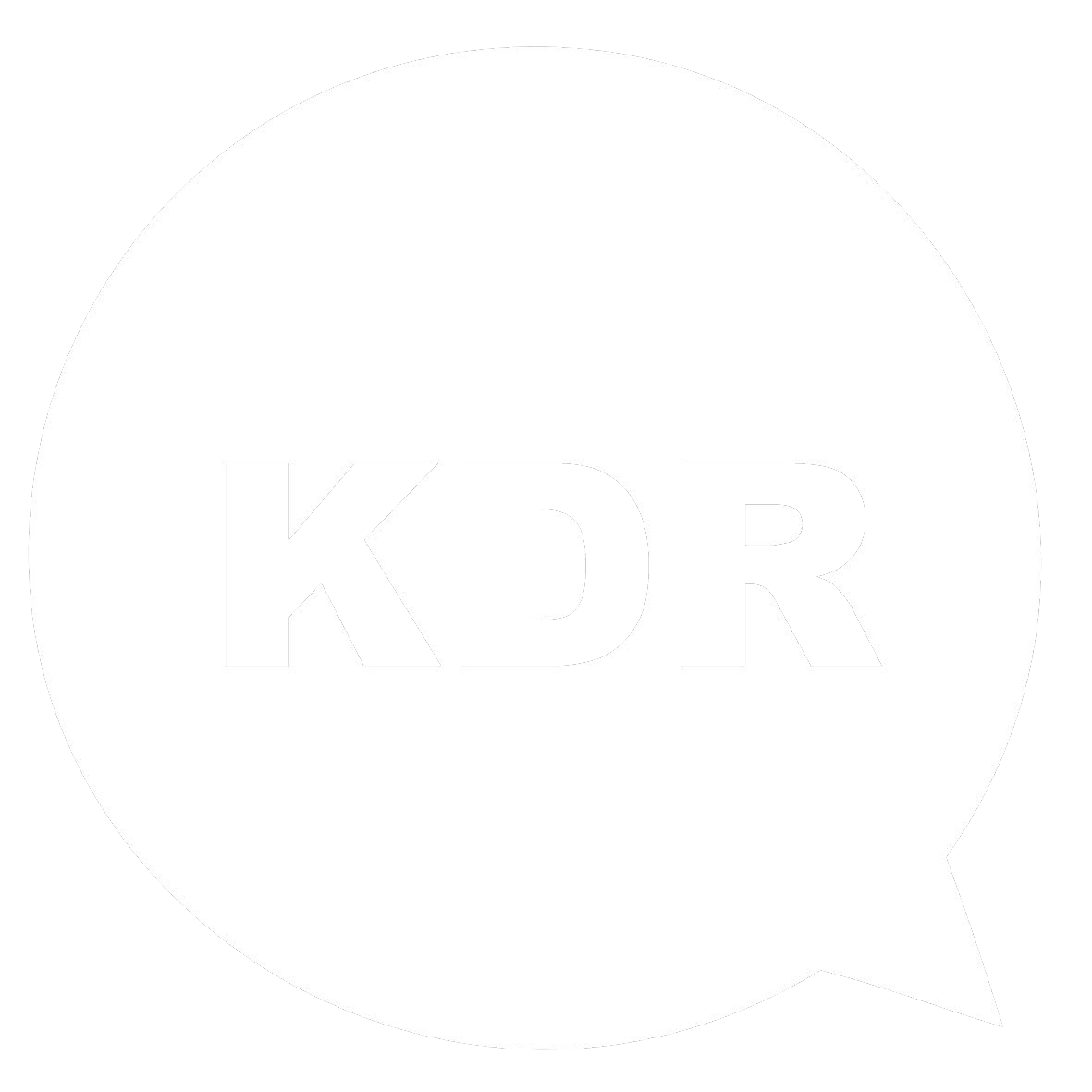KDR PR & STEAMConnect are going to be at SXSWedu this year in Austin, Texas!
On March 11 from 2:00-4:00 PM, we are teaming up with David Delgado, Designer from NASA Jet Propulsion Laboratory, and Saura Naderi, Career Development Specialist from Qualcomm, to facilitate a STEAM Session highlighting projects and programs that have progressed the STEAM movement in Southern California. #SoCalSTEAM
Here is the official session description from the SXSWedu website:
Southern California is taking STEAM education to a new level – the real world. This session will move beyond dialogue and provide new and inspiring hands-on experiences from a few of the brightest minds in SoCal. Each speaker represents how industry can creatively unite with educators and community, and will have 25 minutes to showcase his or her implementation of STEAM, providing interactive demonstrations, sharing how impact is measured and how to replicate in other regions.
The objectives of the session are to:
- Cement the role of industry in STEAM education and sphere of impact in a region.
- Relay replicable examples of high quality STEAM programs that link to student experiences in the real world.
- Inspire new program ideas and industry partnership opportunities.
Our very own Kim Richards will be setting up the session and providing context for #SoCalSteam, speaking on the elements that tie David and Saura’s work together. It’s about making the unseen tangible by tapping into imagination, curiosity and creativity, breaking down walls and allowing kids to be open, vulnerable and take risks. At the end of the session, Kim will moderate a Q&A session that will get the audience involved in the conversation.
We are honored to be a part of such an amazing gathering of influential and inspiring professionals and policy makers in the education field!
For more information visit: http://sxswedu.com/. Hope to see you there!

